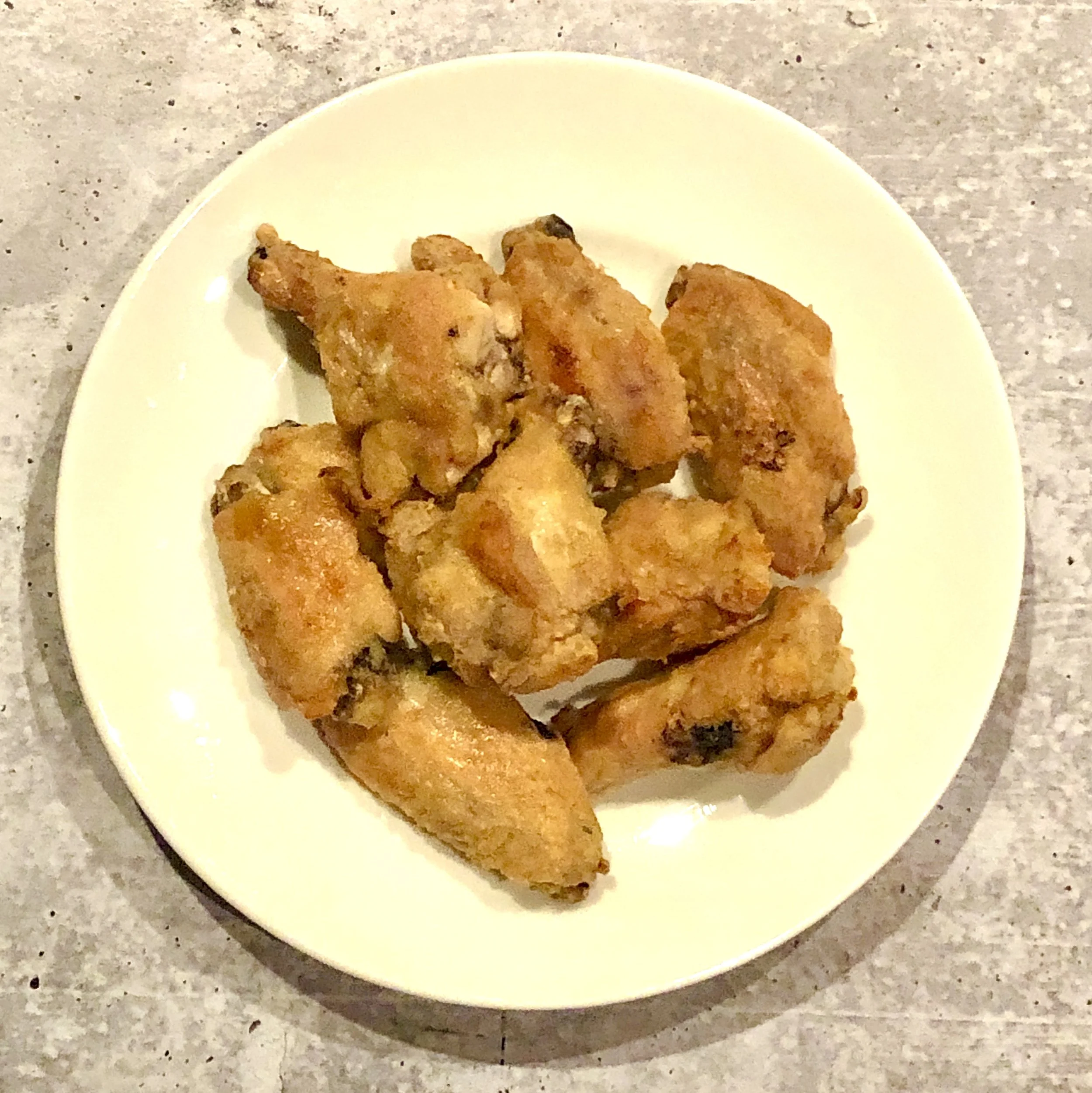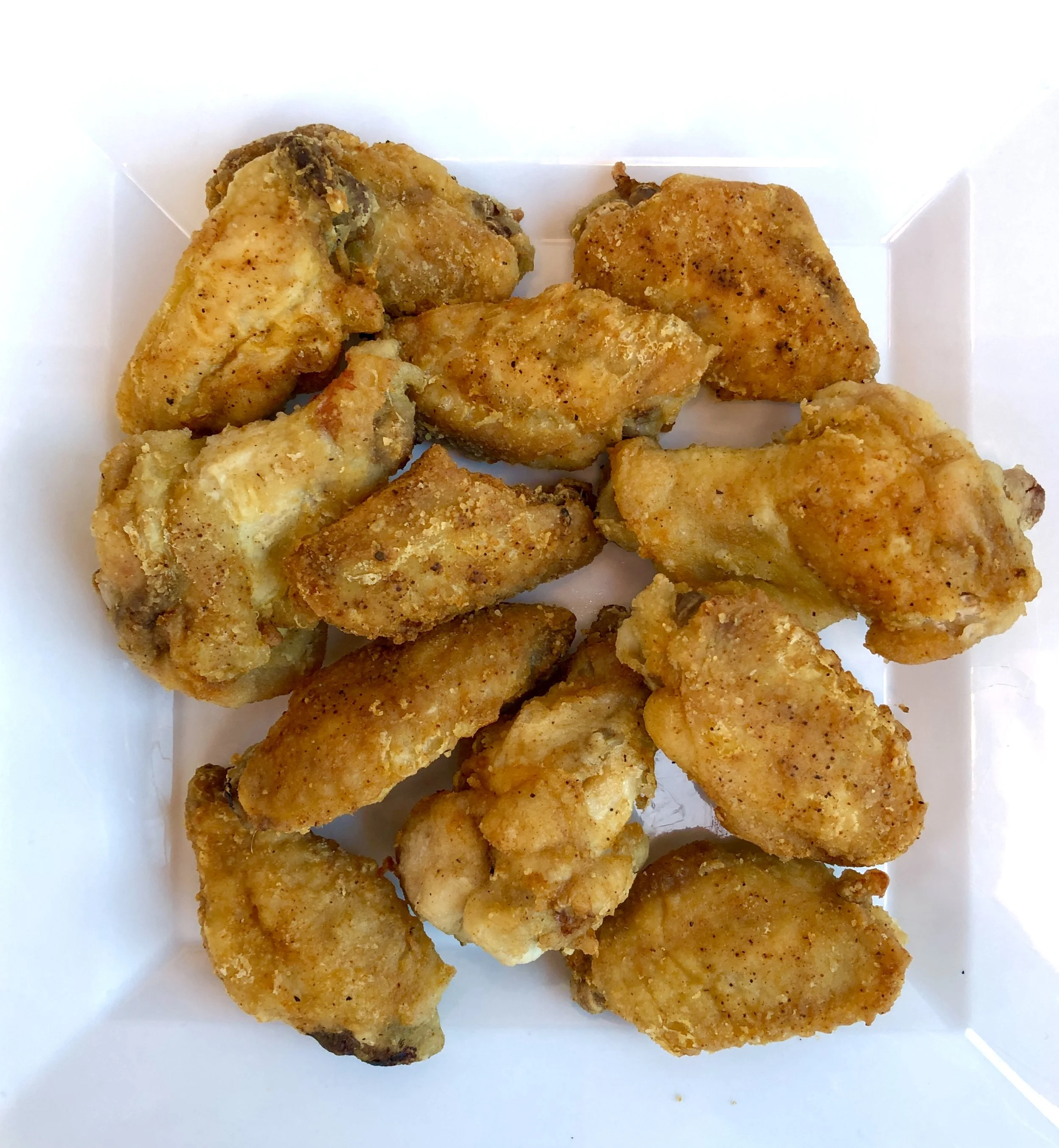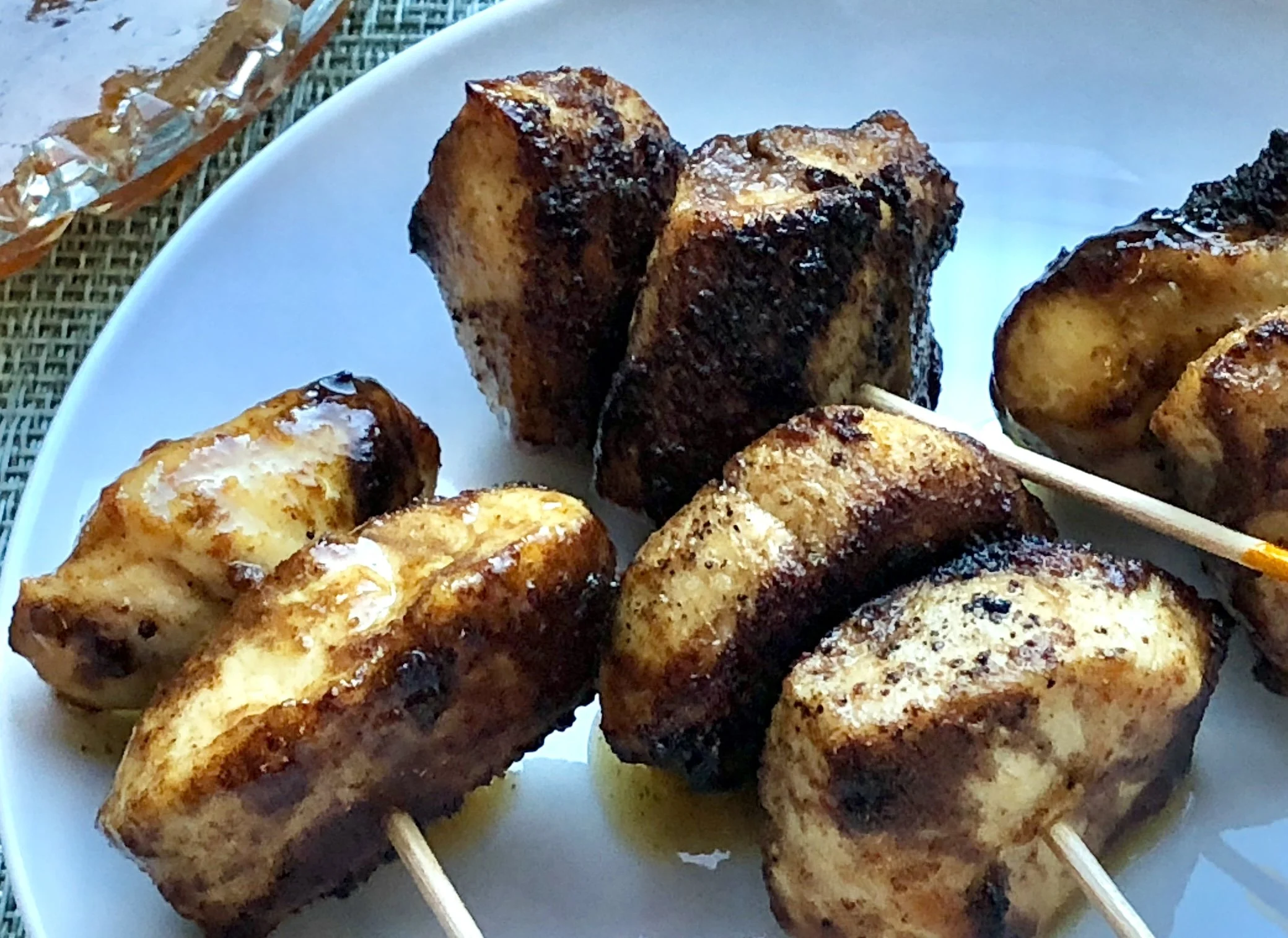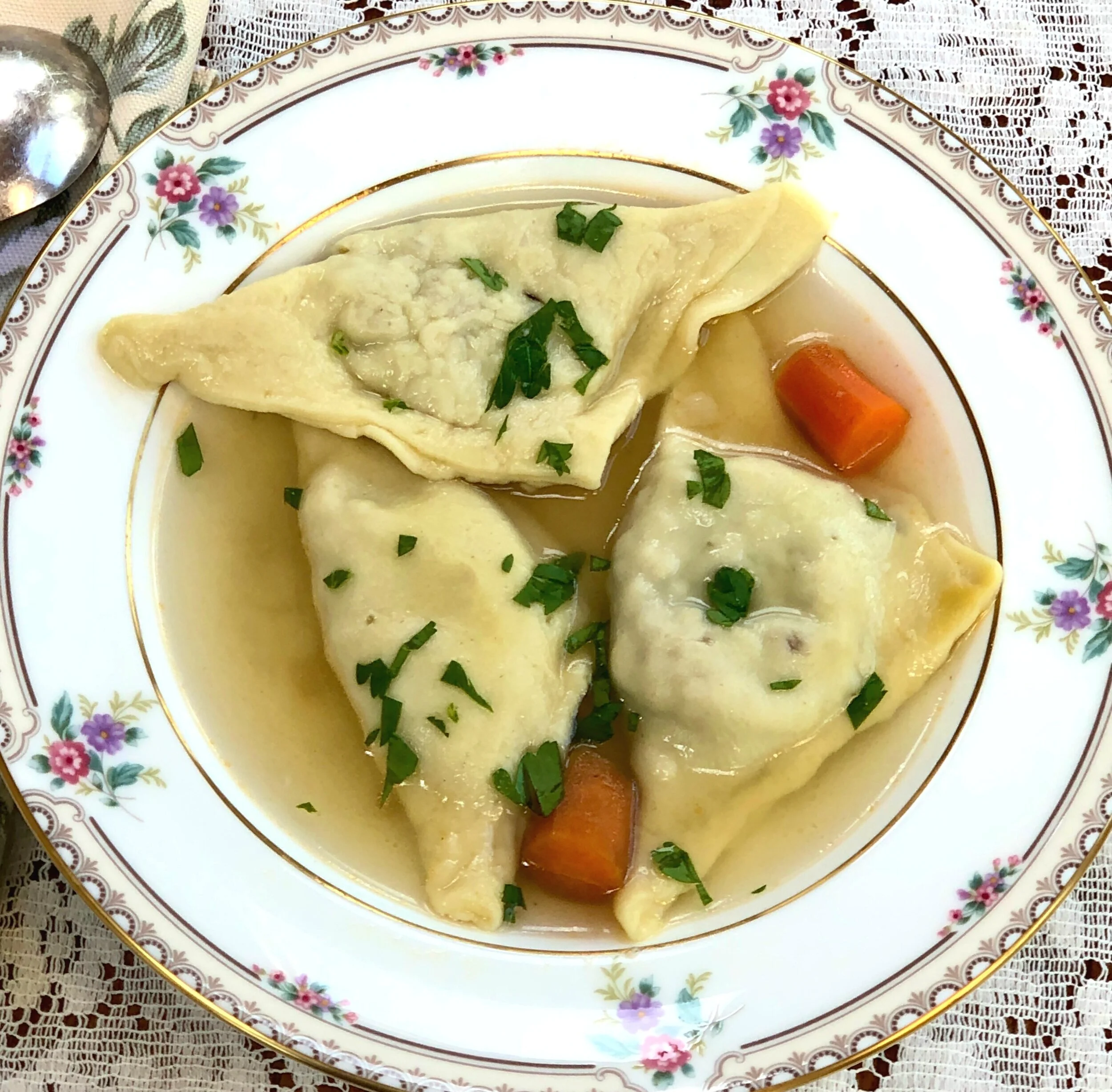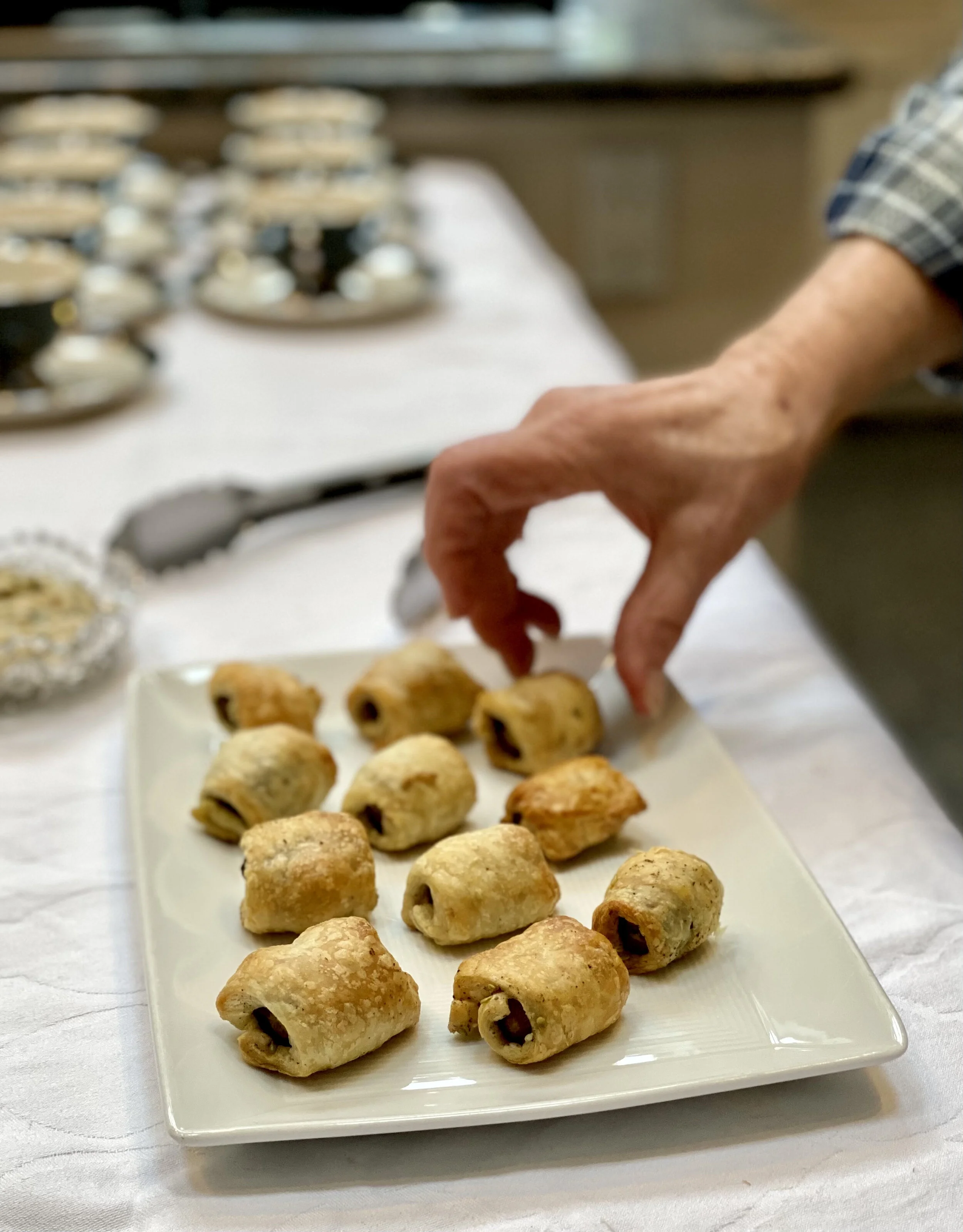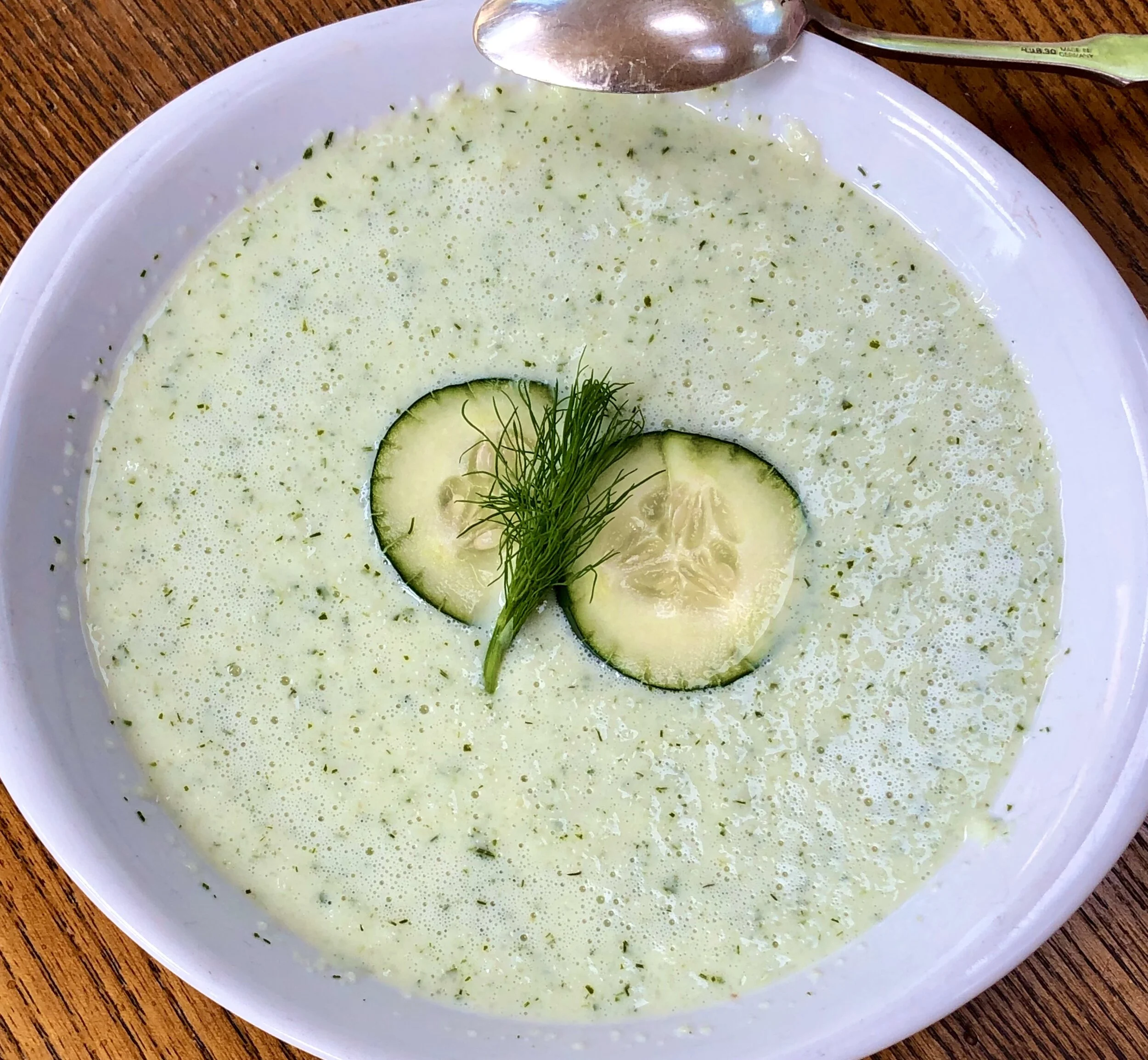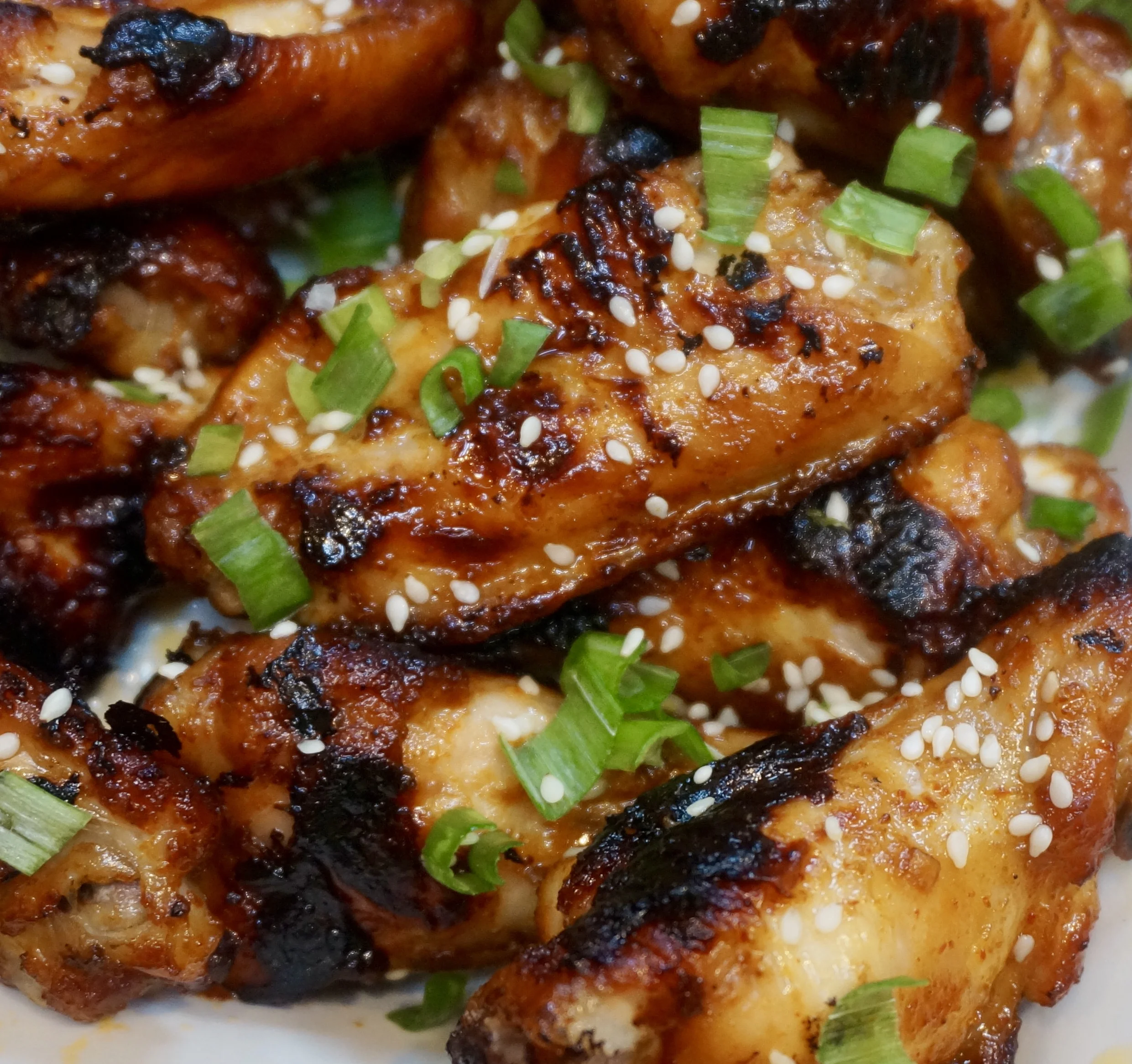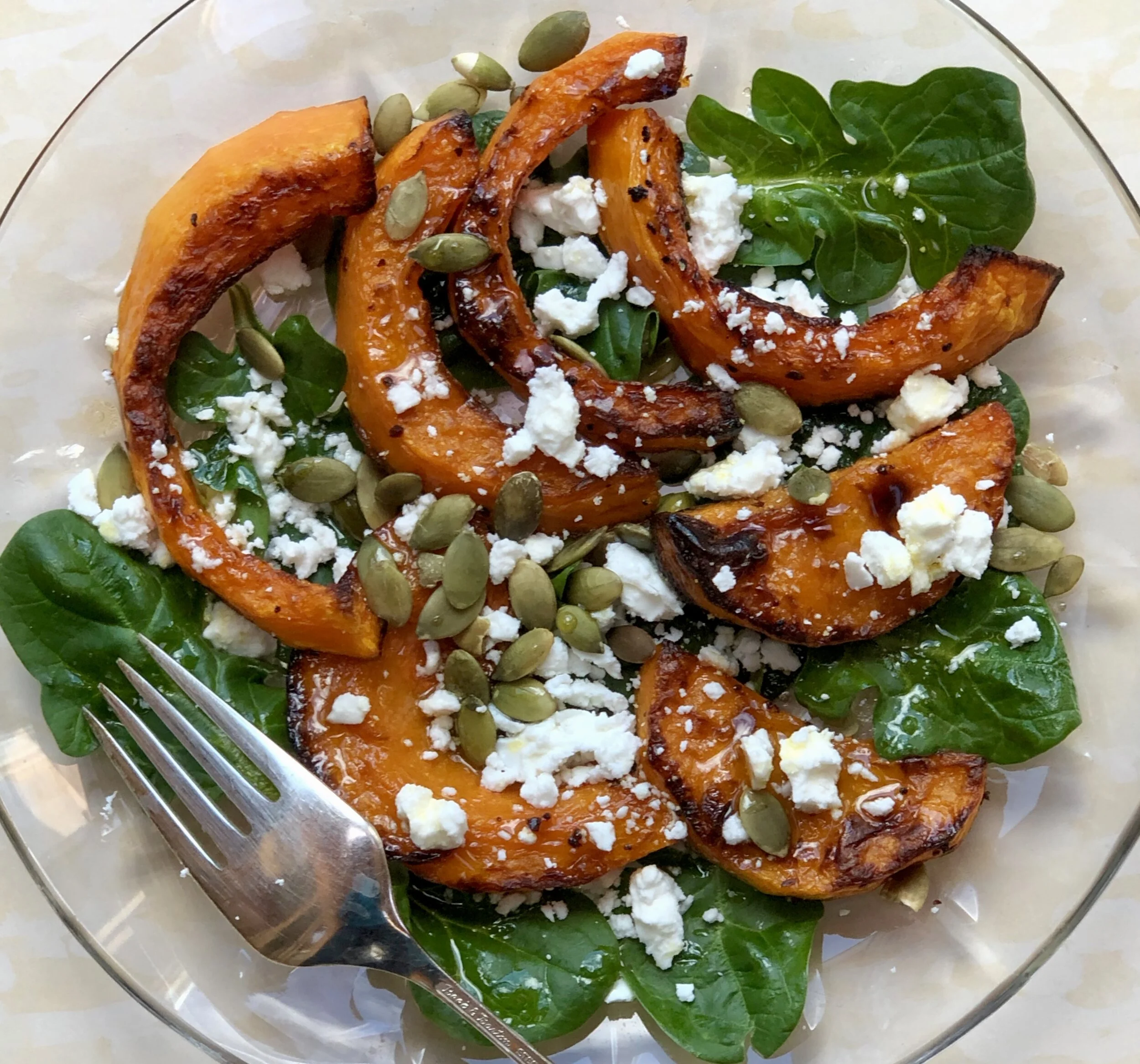Airfried breaded chicken wings
Traditional fried breaded chicken wings
I’ve continued to experiment with my air fryer and have had great success, particularly with vegetables.
I don’t love it for everything and I’ve written about that (latkes were an absolute disaster). Also, you can only do a small amount in an air fryer, so whereas cooking for two can be a plus, for a family, not so much.
Recently I made breaded fried chicken wings again and tested it out on 6 people. I served one recipe of old fashioned fried chicken (fried in soybean oil), and one recipe of airfried chicken.
The score was 3-3! Half the people liked the regular, half liked the airfried!
And so my friends, here is the recipe I used for each: you choose!
Please note: this experiment was for breaded chicken. I have a different recipe and procedure for roasted and airfried UNbreaded chicken wings.
Fried BREADED Chicken Wings
12 chicken wings cut into sections
2/3 cup all purpose flour
3/4 teaspoon salt
3/4 teaspoon paprika
1/2 teaspoon garlic powder
1/4 teaspoon black pepper
vegetable shortening or vegetable oil
Wash and dry the chicken sections. Combine the flour, salt, paprika, garlic powder and black pepper in a large dish. Coat the chicken pieces with the flour mixture. If possible, let the pieces airdry for at least 15 minutes. Heat enough shortening or vegetable oil in a deep cast iron or heavy skillet to reach halfway up the sides of the chicken. When the temperature reaches about 365 degrees (hot enough to sizzle a bread crumb quickly), add a few chicken pieces at a time — do not crowd the pan. Cook over medium heat, turning pieces occasionally, for about 10 minutes or until all pieces are well browned and cooked through. Drain the chicken on paper towels.
To make this in an airfryer, coat the chicken with the flour mixture as above, then spray lightly with vegetable oil spray. Preheat the airfryer to 400 degrees. Place the wing parts in a single layer in the airfryer. Cook for 8 minutes, turn the pieces and cook for about 8 minutes or until nicely browned and crispy.
Makes 4 servings
